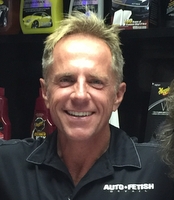What are Swirl Marks
...and why you need to know
Do you really need to know what swirl marks are as a car owner?
I can think of a few reasons why you would want to know. Reasons you likely don't have enough experience to begin questioning why all the hype around swirl marks and what they really are and why you need to know.
Regardless of the subject or the context of the subject matter, unless a we agree upon the definition of terms, it is hard for any real communication to happen.
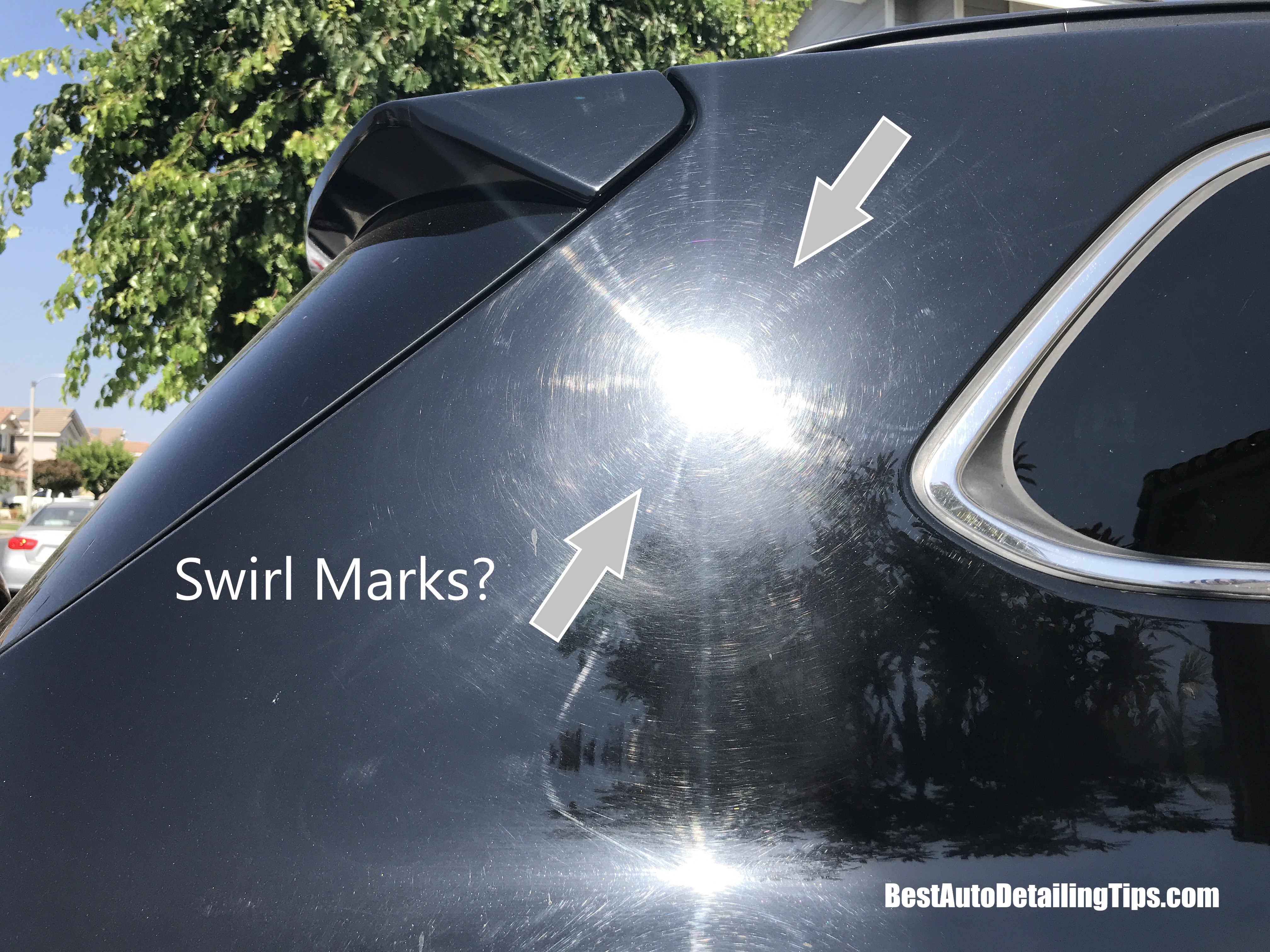
What are Swirl Marks...really
Unfortunately there is little to no standardization within the world of detailing or cosmetic car care.
Asking what swirl marks are to one set of people will deliver a different answer than if you were to ask another set of people.
Most car owners and beginner detailers will look at the picture above and classify these as being swirl marks in your paint.
Some might even be so specific as to call these swirl marks in clear coat as opposed to just saying these are swirl marks in car paint. Which then could instantly bounce us onto a completely different discussion on what is the difference between regular car paint and clear coat.
Which would then possibly lead us back to what are swirl marks in clear coat versus swirl marks in regular car paint.
Which would then lead us full circle to what are swirl marks really are to begin with?
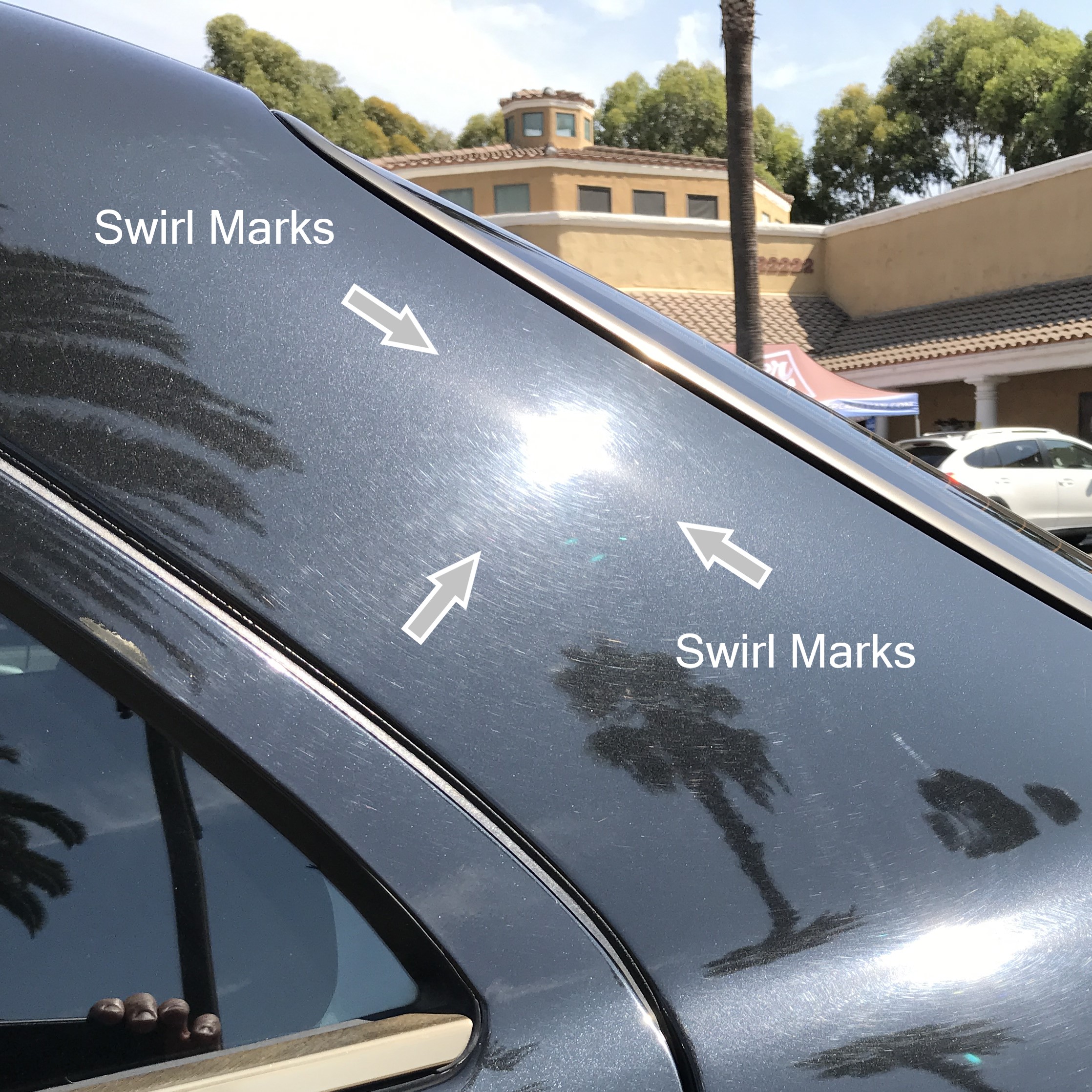
The picture above will be what the general public and people not associated with the body shop, custom paint, or professional detailing world label as swirl marks in general, or more specifically swirl marks in clear coat.
It is easy to understand why a person would label this effect as swirl marks due to the circular pattern created when viewing car paint in direct sunlight.
This effect is caused as the light from the sun is reflected off each and every micro-scratch. Because the sun is circular in shape, the pattern created as the light reflects off your car will also create a circular pattern.
Many people claim that wiping your car or applying wax in a circular pattern is what causes swirl marks in your paint, but this simply is not true.
The only reason this effect appears as a circular pattern is because the light source itself is circular in shape. All the micro-scratches in your clear coat/car paint are basically "straight" in their direction- each scratch different lengths and different depths and different widths.
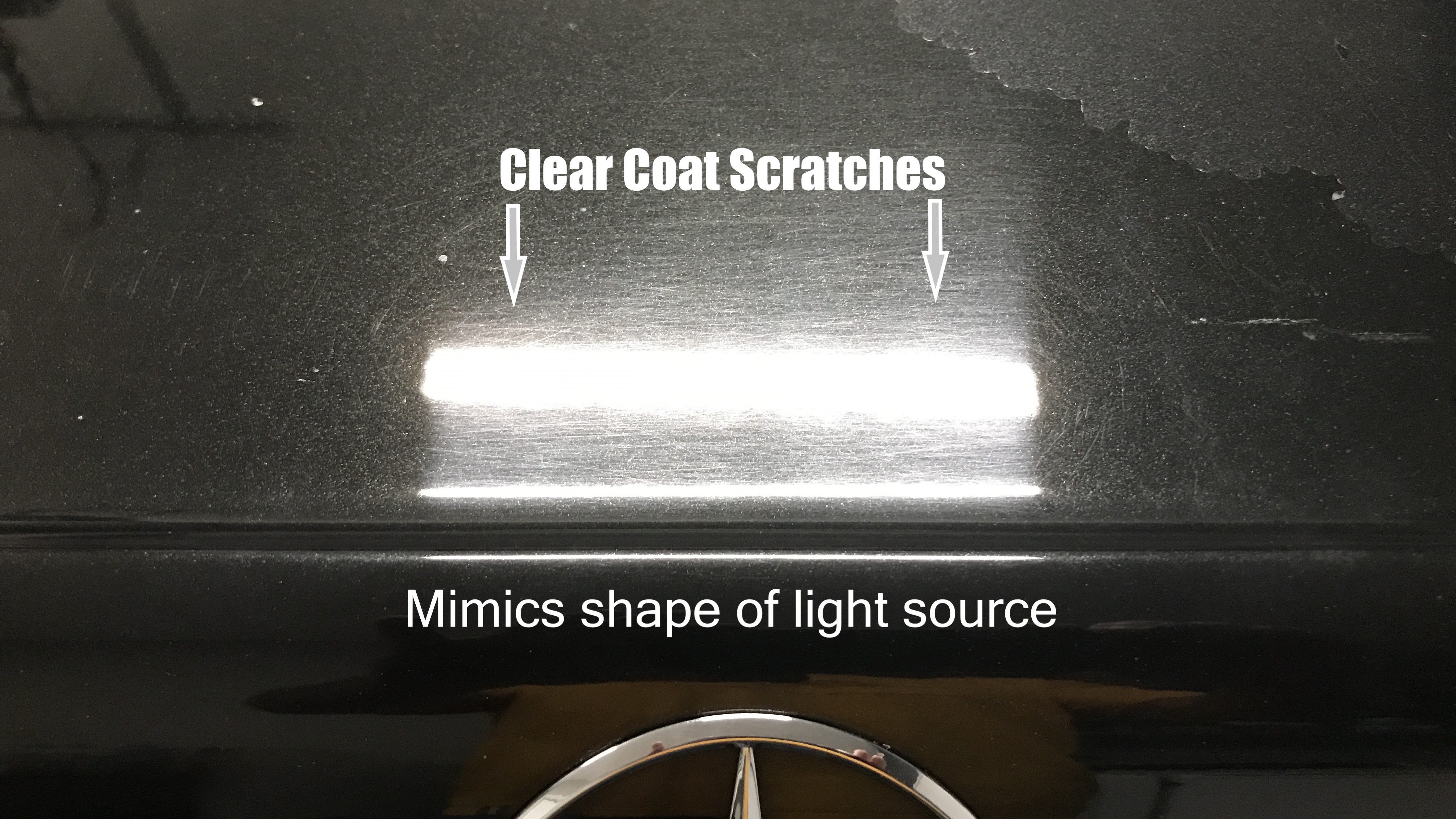
The entire surface of your car will be made up of literally countless scratches of vary degrees. This "swirl mark" effect will change to mimic the basic shape of the light source you are using to view your car paint.
This means if you use a circular light source (sun, flashlight, etc.), then the circular pattern will form just as using a light source that is square or rectangular in shape will cause this pattern to mimic that shape.
The picture above shows a clear distinction in the type of pattern created based on the shape of the light source.
What are Swirl Marks:
The professional answer
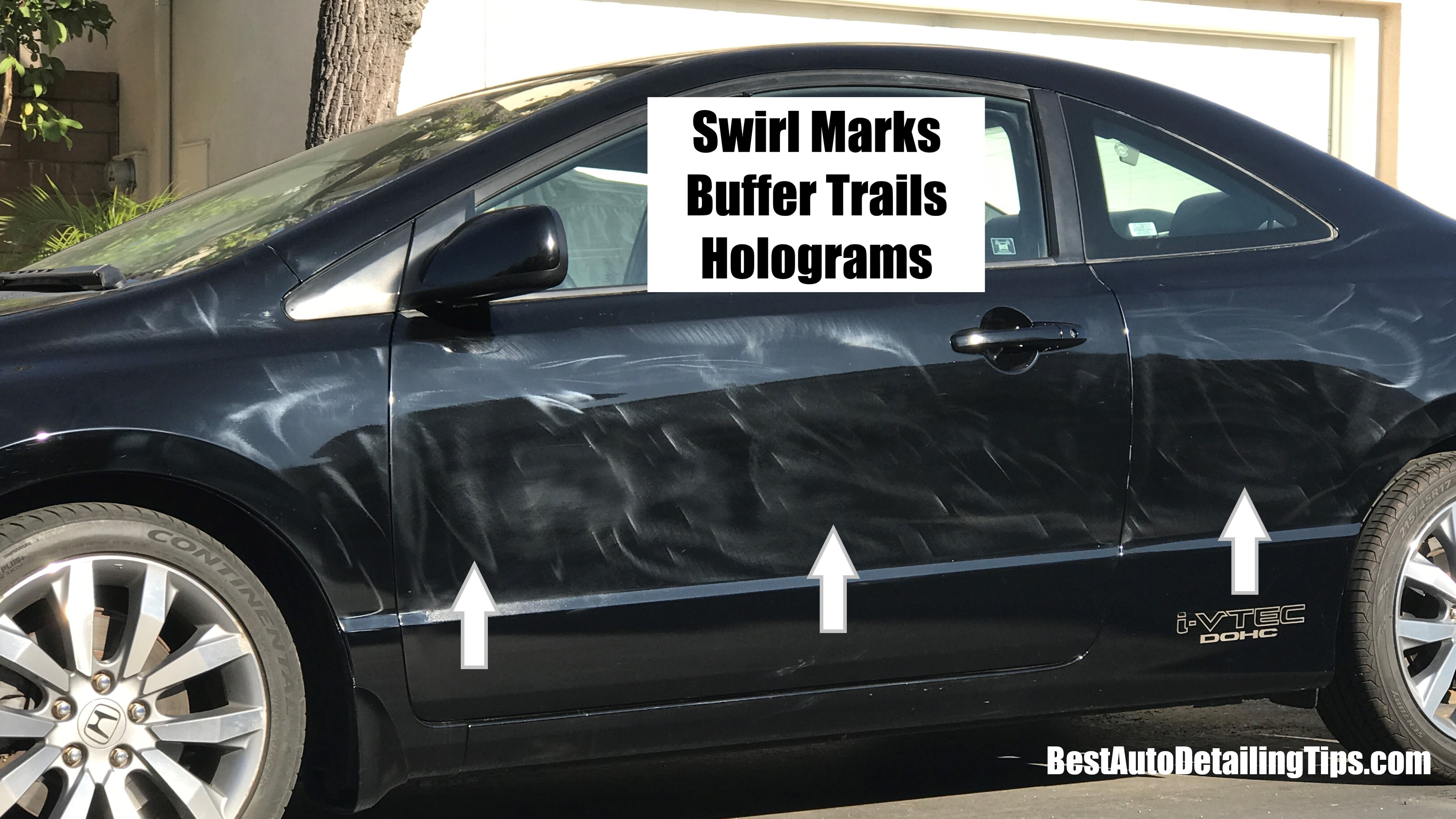
A simple way for me to determine a persons experience and degree of knowledge is by asking what do swirl marks look like in car paint.
If a person describes this basic circular pattern as shown in the first picture at the top of this page, I know they are lacking in real world professional experience.
Swirl marks according to true industry professionals (detailers, body shops, custom painters) are a direct result of using a very specific type of buffer called the rotary car polisher.
This type of machine polisher creates a unique "scratch pattern" as a result of the single spinning axis point of rotary car polishers.
But this unique effect as seen in the picture above, can also be called different things within the professional world also:
- Swirl marks
- Buffer trails
- Holograms
This unique effect appears as though the reflected light pattern floats and moves atop of the paint surface itself.
It is for this reason that the term hologram is one of the terms used to describe this unique effect only created by use of a rotary car polisher.
What Causes Swirl Marks
Once again, we need to define our terms. It is very likely that if you are here, you are a beginner and therefore what you have been calling swirl marks are actually something else.
As a professional detailer, we will most often refer to this effect as general "wash scratch".
Scratches put into your clear coat as a natural consequence of unavoidable scratching that will happen virtually any time you touch your car regardless of what you are doing to your car- washing it, drying it, waxing it, etc.
You really can't avoid scratching 100% of the time. All you can do is to adopt safe methods that will minimize the amount of scratching done to your car.
It is for this reason that many people go in search of the best way to restore the clear coat on their car or more specifically, polish clear coat to remove or diminish the appearance of this scratching done to your car as a byproduct of this thing called life.
What are Swirl Marks:
The "take-away"
- Asking what swirl marks are will deliver different answers based on who you ask
- True professional practitioners use swirl marks to describe the unique pattern created when using a rotary car polisher
- The general public refer to the overall scratch pattern seen in direct sunlight as swirl marks
- Every car will have some degree of this "swirled" pattern due to the countless scratches on any car
- You can only minimize scratching of your car paint through safer products and techniques of car care
- Eventually every car will need to be polished to remove or minimize the scratched effect seen in your car paint or clear coat
If you have made it this far then you are among the very few!
Most people think they want greater understanding of a given subject, but very few are willing to put in the time necessary for full understanding.
The next time you are talking to someone about swirl marks in their car paint, you can tell their experience level based on their answer, just as you can also help to educate them a bit further in the process.
Thanks for tuning in!
Sincerely,
Darren Priest
|
|
